Currently, in the communes of La Da, Dong Giang, Dong Tien in the highlands of Ham Thuan Bac district, the grass pig breed (also known as black pig) is being developed by the local people, creating a stable income. In particular, these localities also have a breed support policy to help people preserve and strongly develop this pig breed.
Coming to village 1, Dong Tien commune (Ham Thuan Bac), we met Mrs. K' Thi Lo, who has many years of experience in raising wild pigs. Mrs. Lo said that in previous years, her family raised a lot of this breed of pig, but due to the impact of African swine fever, her family's pig herd became extinct. In 2020, she was supported by the Ham Thuan Bac District Agricultural Technical - Service Center with 2 breeding sows, 50% of animal feed and full vaccination. In addition, veterinary staff also came to her house to advise and provide technical guidance, so the raising of her family's wild pig herd went smoothly. Up to now, Mrs. Lo's family has a herd of wild pigs including: 2 sows, 1 breeding male and 4 pigs for meat, not to mention selling more than 100 piglets to people to maintain the breed.
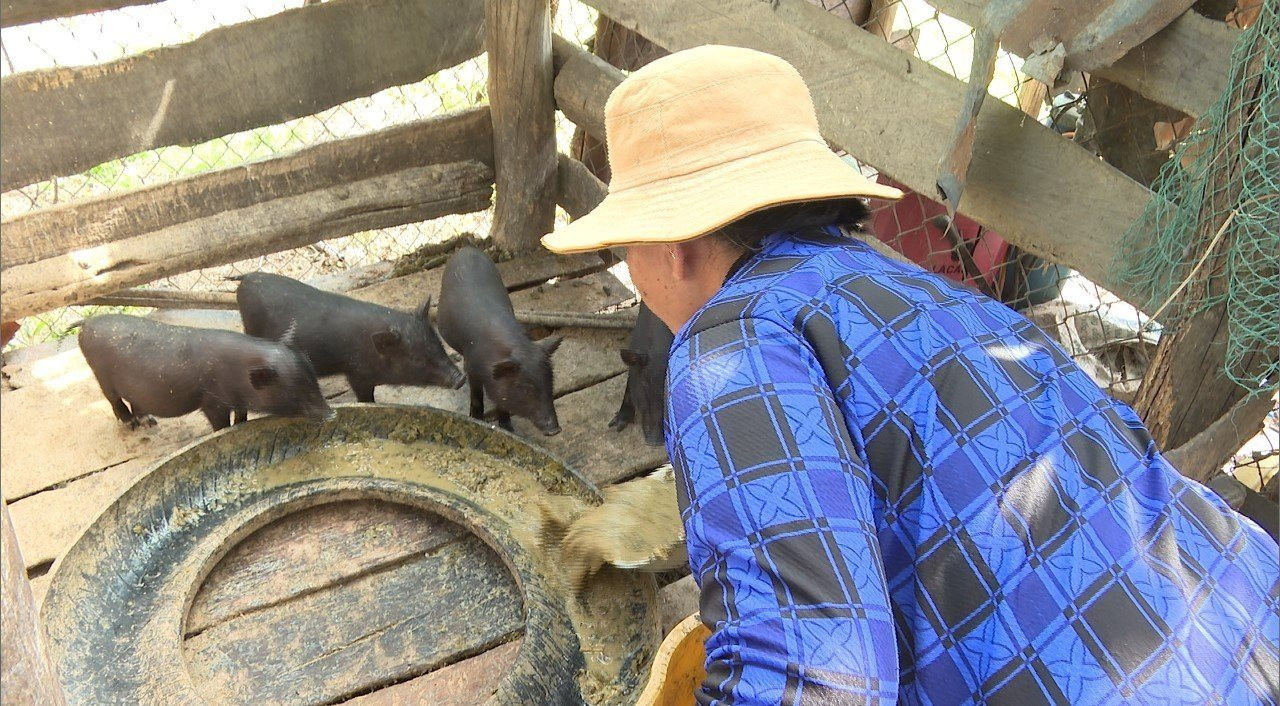
"From the breed to the raising techniques, my family has been supported and guided by the district, so it is very convenient and reassuring. This breed of pig is easy to eat and drink, and the barn is also simple. They can find food in the wild. Besides, I also feed them wild vegetables cooked with bran. Although it grows slowly, the price is high, so it is very effective. Since raising wild pigs, my family's economy has been completely stable, no longer having to worry about finding food for each meal like before," Mrs. Lo said excitedly.
In Dong Giang commune, one of the households that focuses on and develops this model quite well is Mr. K' Van Tinh's household. According to Mr. Tinh, the grass-fed pig breed reproduces quickly, has good resistance, and is easy to raise. "The grass-fed pig breeds twice a year, each time 6-8 piglets. I sell them to people in the area for breeding at a price of 700,000 - 800,000 VND per pig. Large pigs weighing 20 kg or more cost 150,000 VND/kg," Mr. Tinh said.
Mr. Tinh also said that selling wild pigs is very easy, traders from the lowlands often come to buy, even when there is no stock to sell. According to Mr. K' Van Tien, Chairman of the People's Committee of Dong Giang commune, there are currently many households raising this breed of wild pigs in the commune. "There are families raising 2-3 pairs, and there are also families raising dozens of pigs. In addition to the change in crop structure, the lives of people here have somewhat stabilized," Mr. Tien shared.
To maintain this breed of pigs, in 2020 and 2021, the District Agricultural Technical - Service Center was approved by the District People's Committee for funding from the agricultural career source to implement a model of re-raising local pigs, safe from epidemics in 3 highland communes of Dong Tien, Dong Giang and La Da. In the first phase, 11 households raised 30 pigs, in the second phase, 15 households raised 30 pigs, the method of raising in cages but with a large and airy space to run and jump according to the characteristics of this animal species. In September 2022, the center summarized the model of re-raising local pigs, with 20 households maintaining 43 sows and giving birth to 281 piglets, of which, households implementing the model kept more than 100 piglets, and 137 piglets were sold to other households for commercial farming or for breeding with 66 households.
It can be said that the model of raising wild pigs is quite successful. Up to now, the 3 highland communes of Ham Thuan Bac district no longer have a shortage of piglets or commercial wild pigs as before. Households are interested in investing capital and proper farming techniques, such as regularly spraying disinfectants in the farming area, periodically vaccinating against diseases according to the instructed technical process. The highland people are expecting that wild pigs will be the main source of income for many ethnic minority households in the highlands here.
Source






![[Photo] Prime Minister Pham Minh Chinh attends the World Congress of the International Federation of Freight Forwarders and Transport Associations - FIATA](https://vphoto.vietnam.vn/thumb/1200x675/vietnam/resource/IMAGE/2025/10/08/1759936077106_dsc-0434-jpg.webp)
![[Photo] Prime Minister Pham Minh Chinh inspects and directs the work of overcoming the consequences of floods after the storm in Thai Nguyen](https://vphoto.vietnam.vn/thumb/1200x675/vietnam/resource/IMAGE/2025/10/08/1759930075451_dsc-9441-jpg.webp)




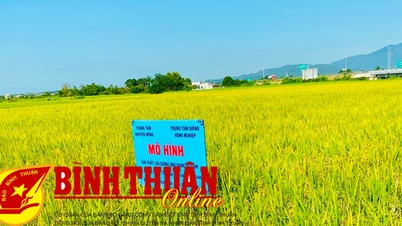




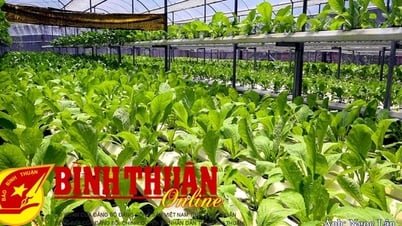


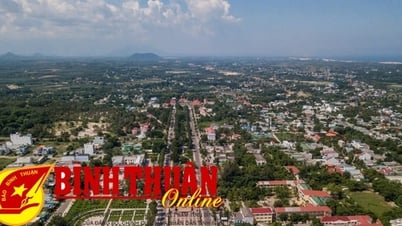










![[Photo] Closing of the 13th Conference of the 13th Party Central Committee](https://vphoto.vietnam.vn/thumb/1200x675/vietnam/resource/IMAGE/2025/10/08/1759893763535_ndo_br_a3-bnd-2504-jpg.webp)














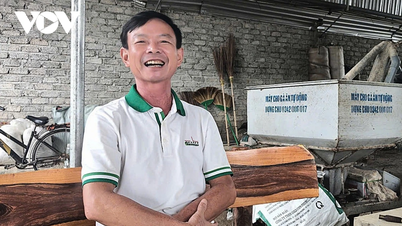

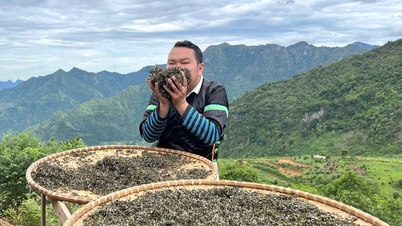



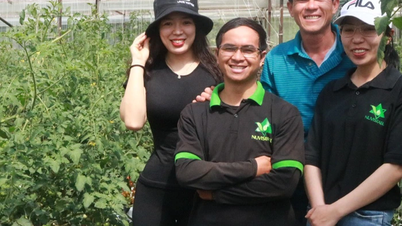






















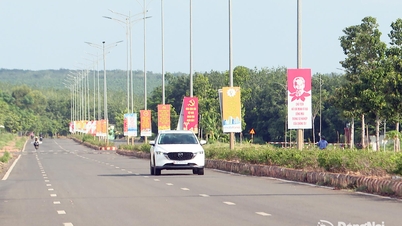








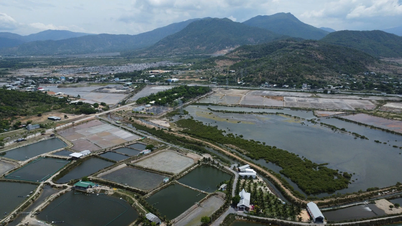





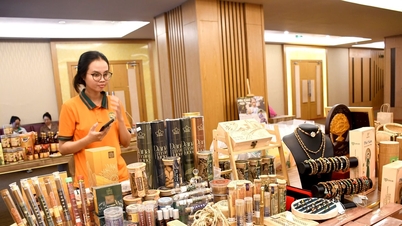



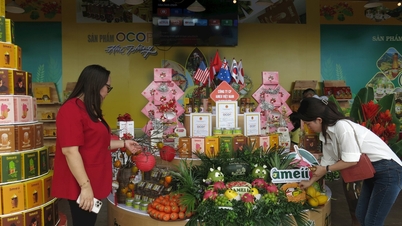




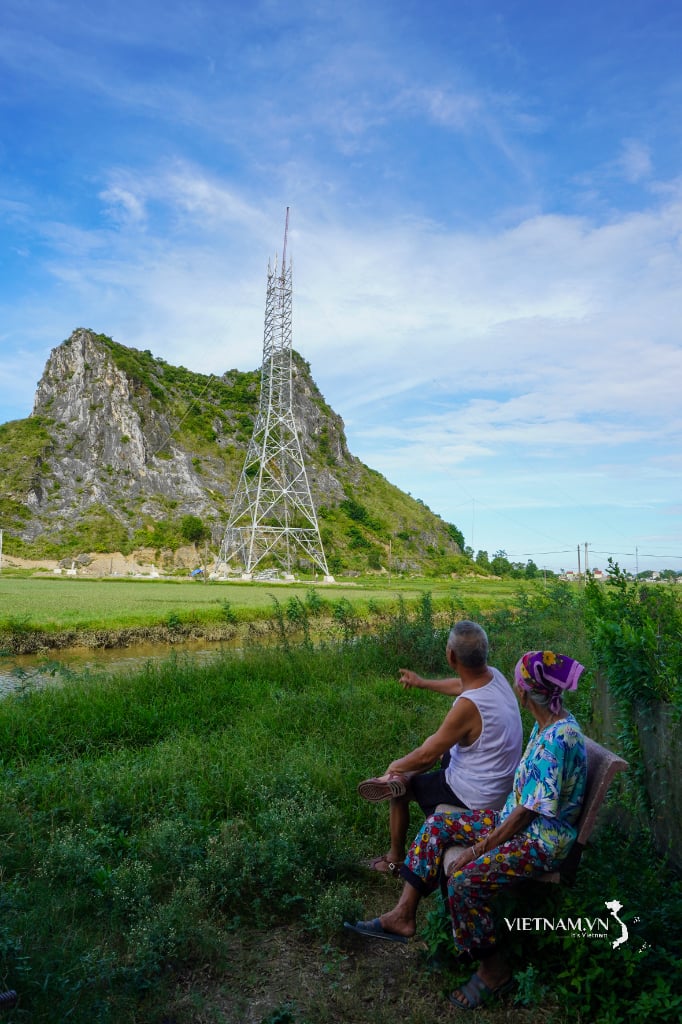
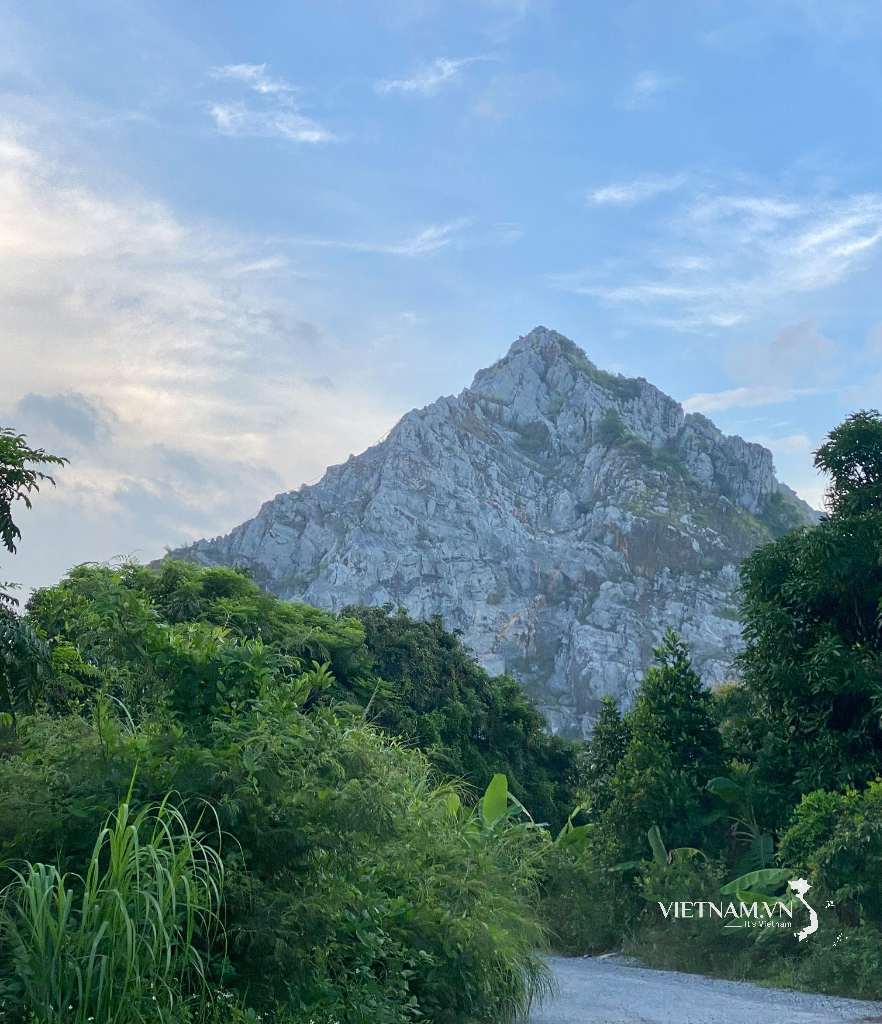
Comment (0)